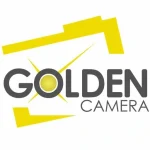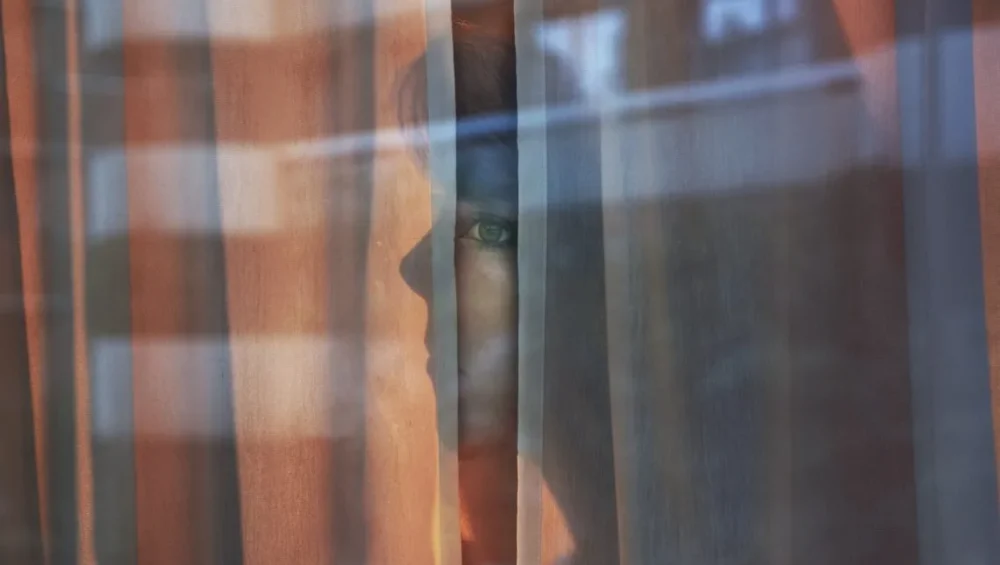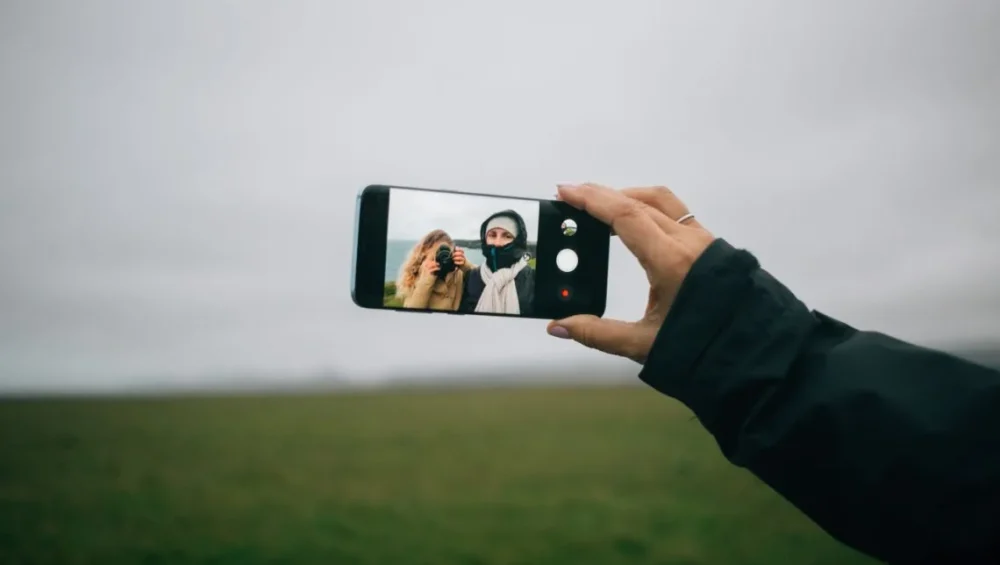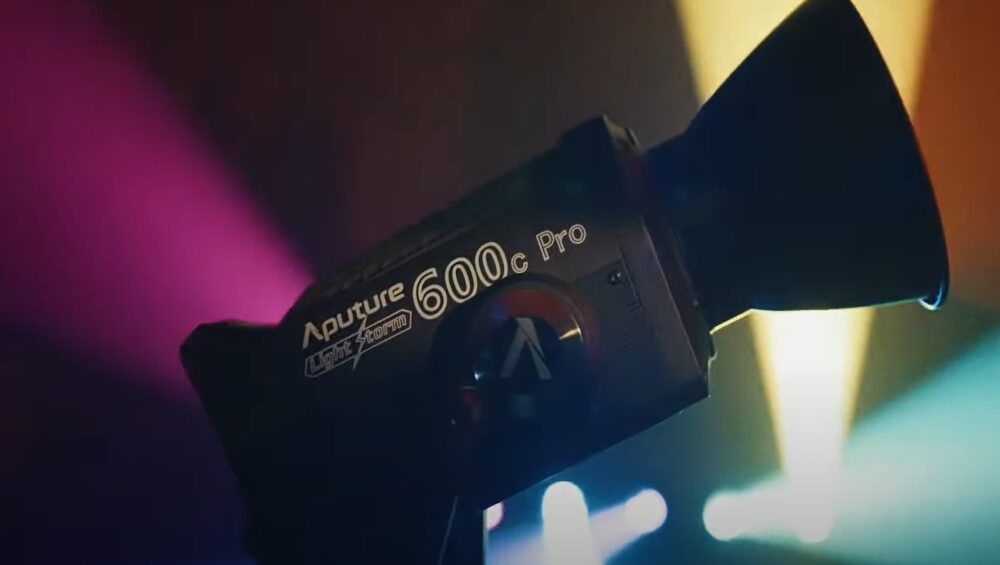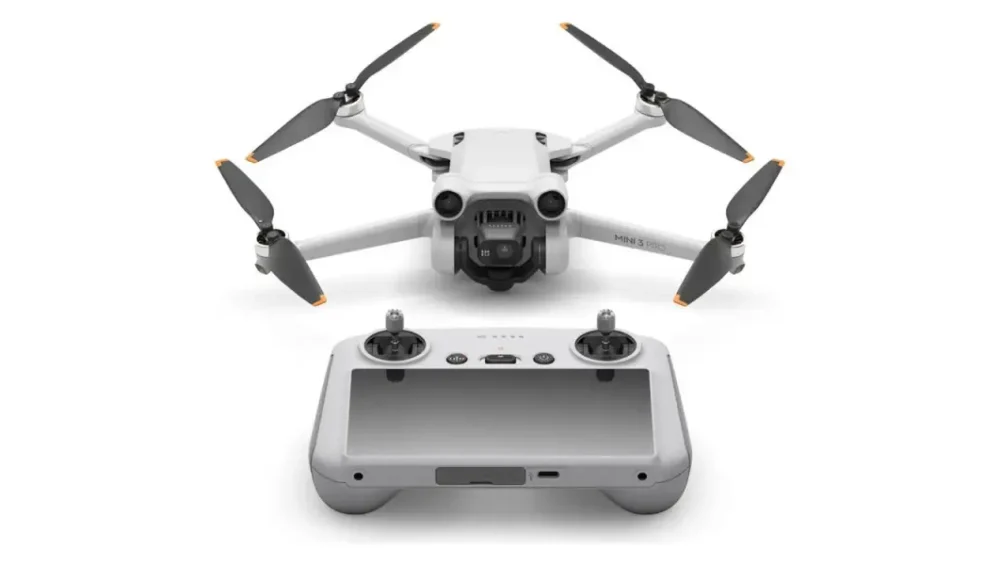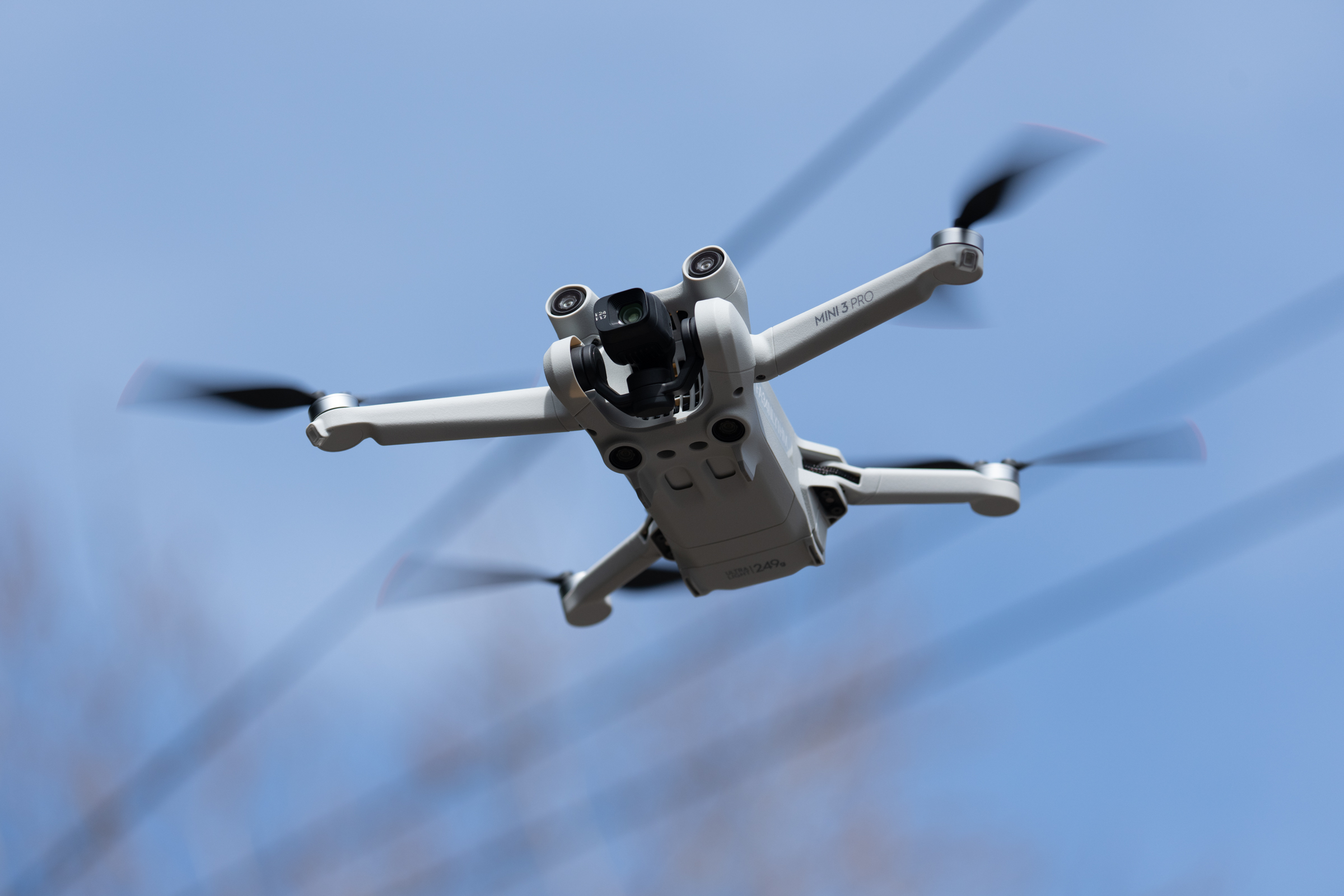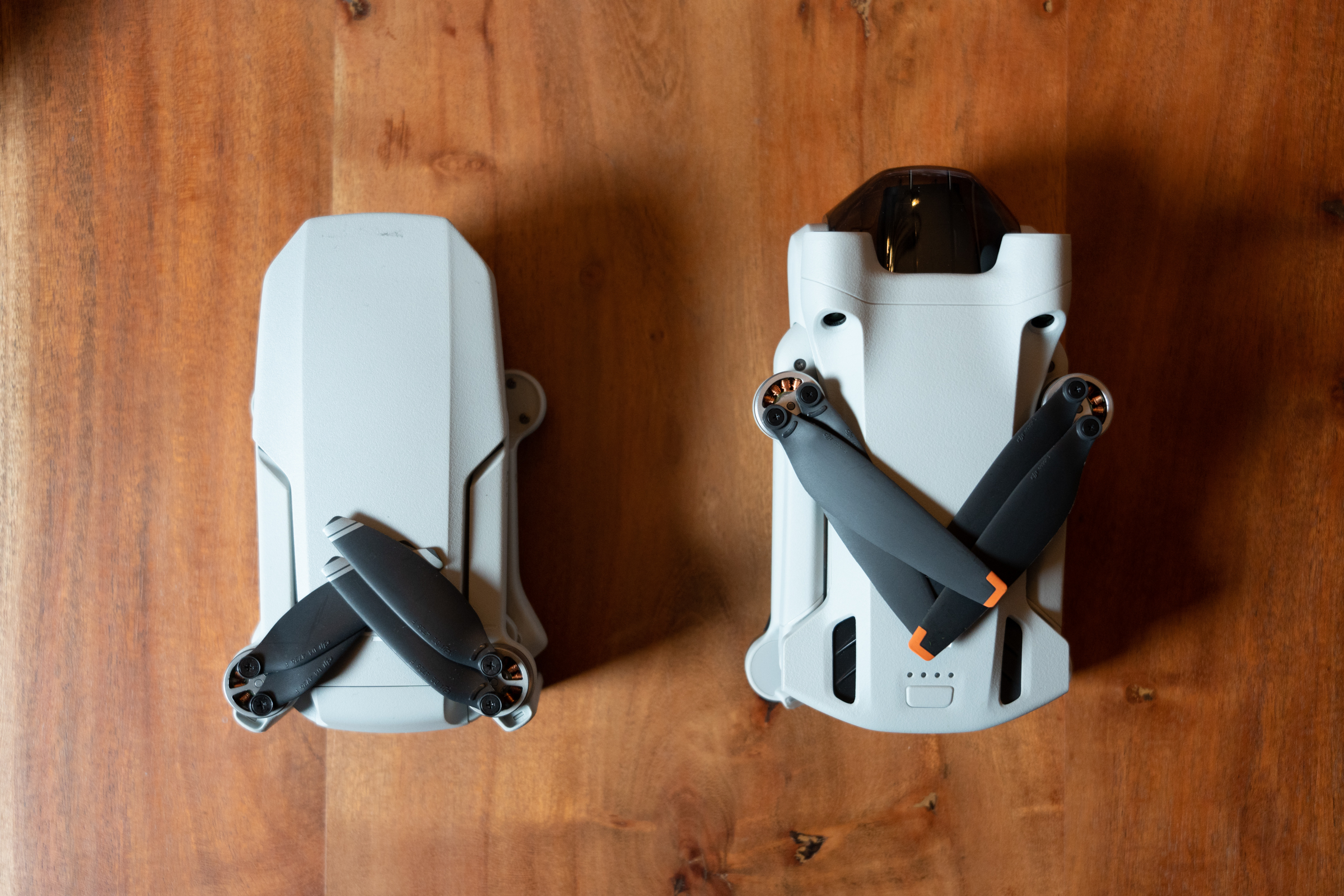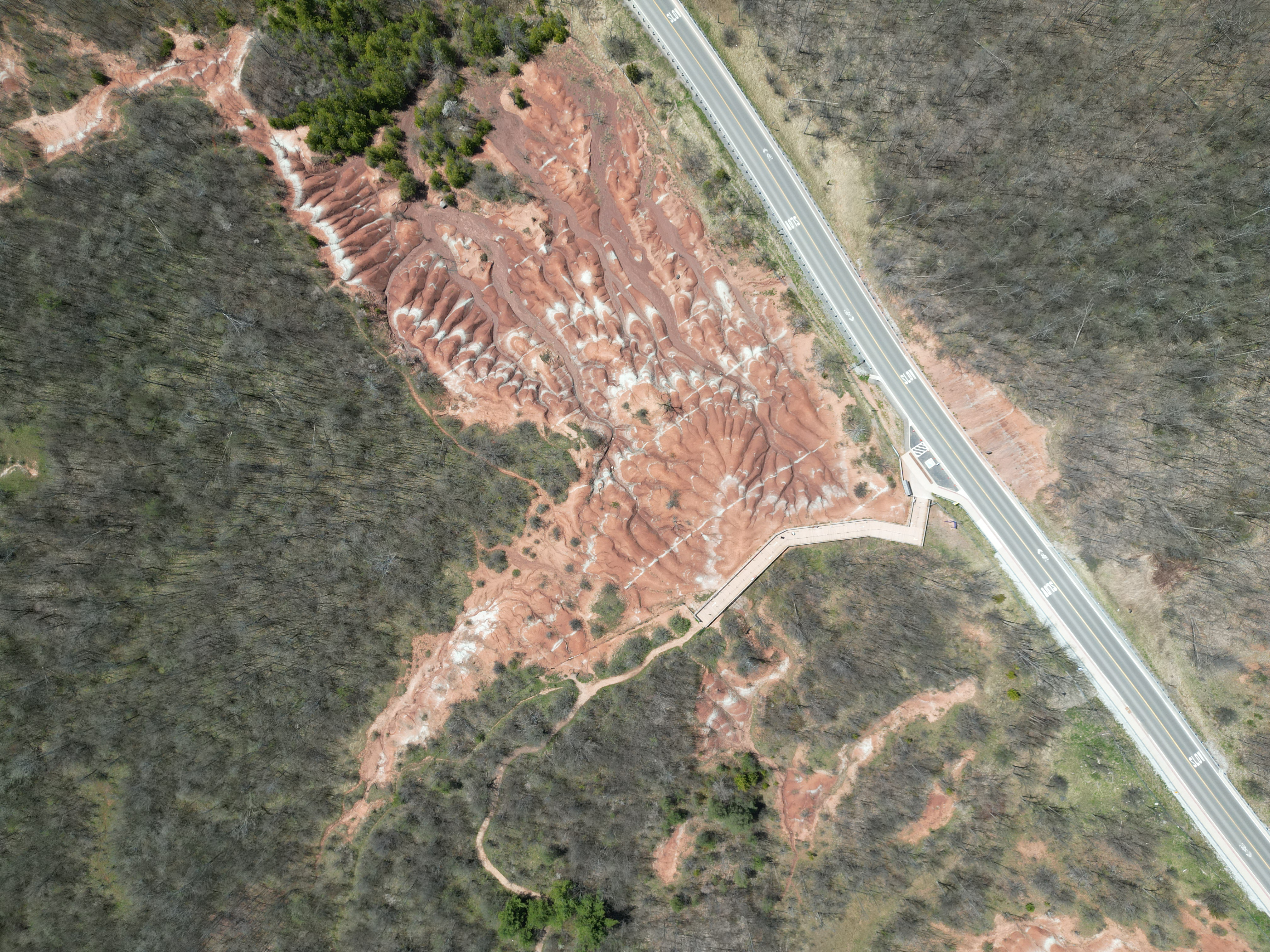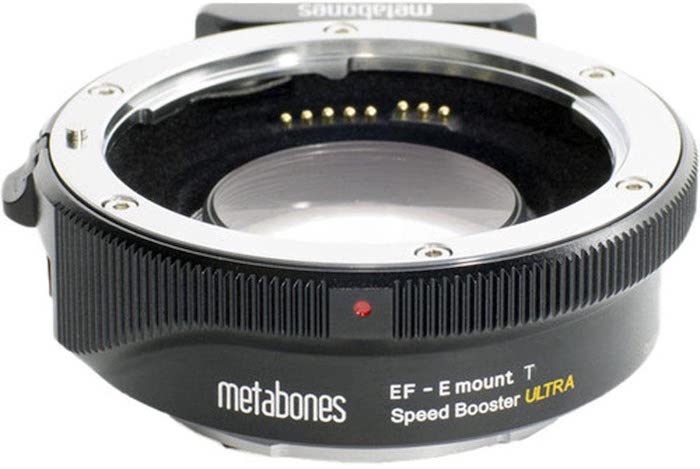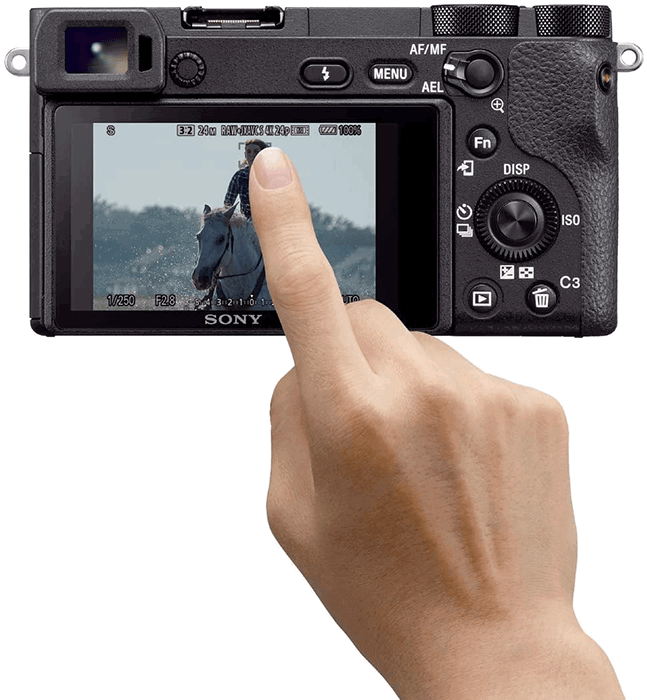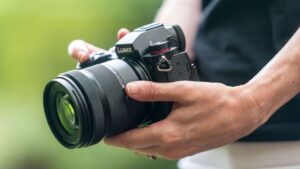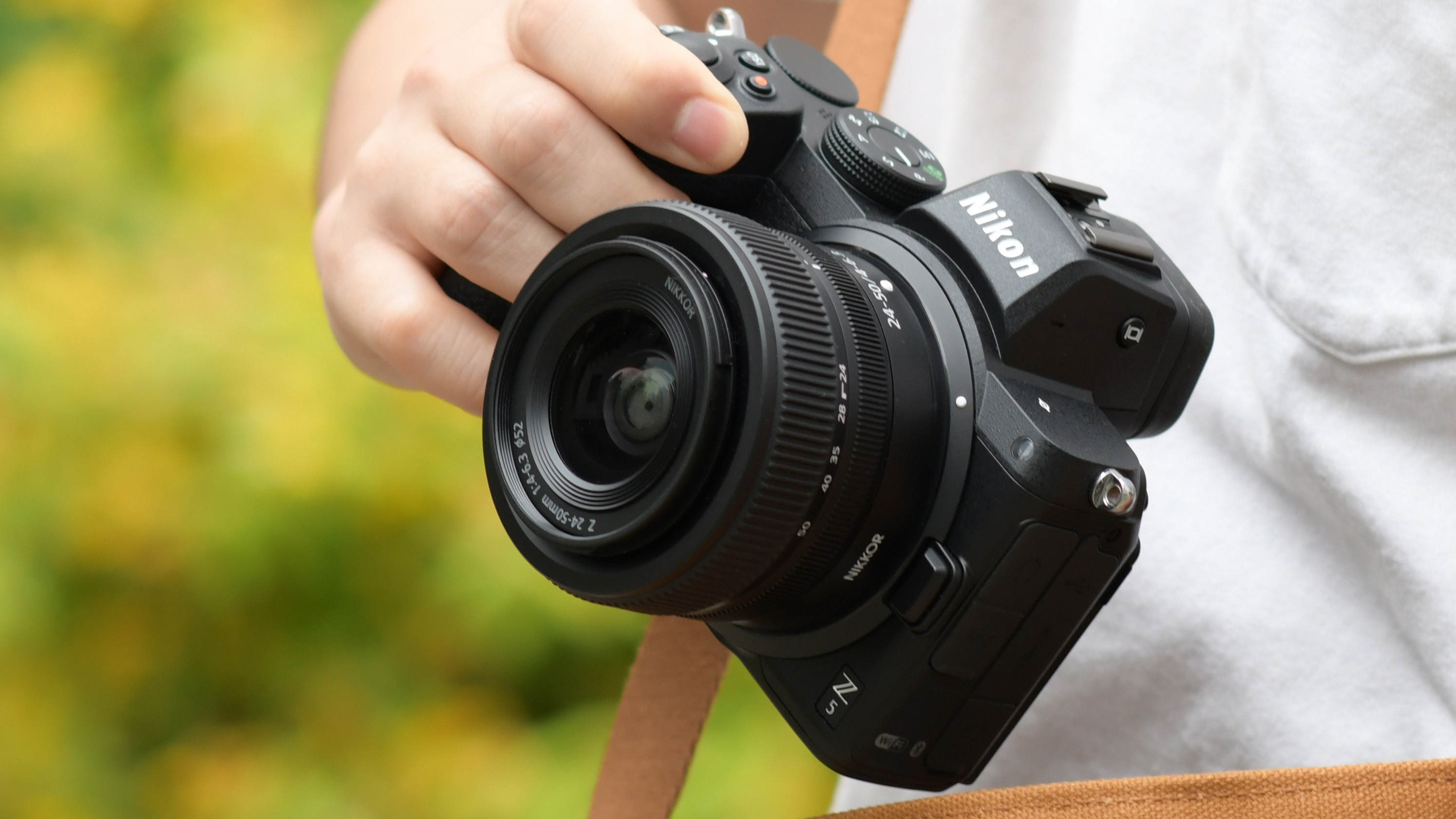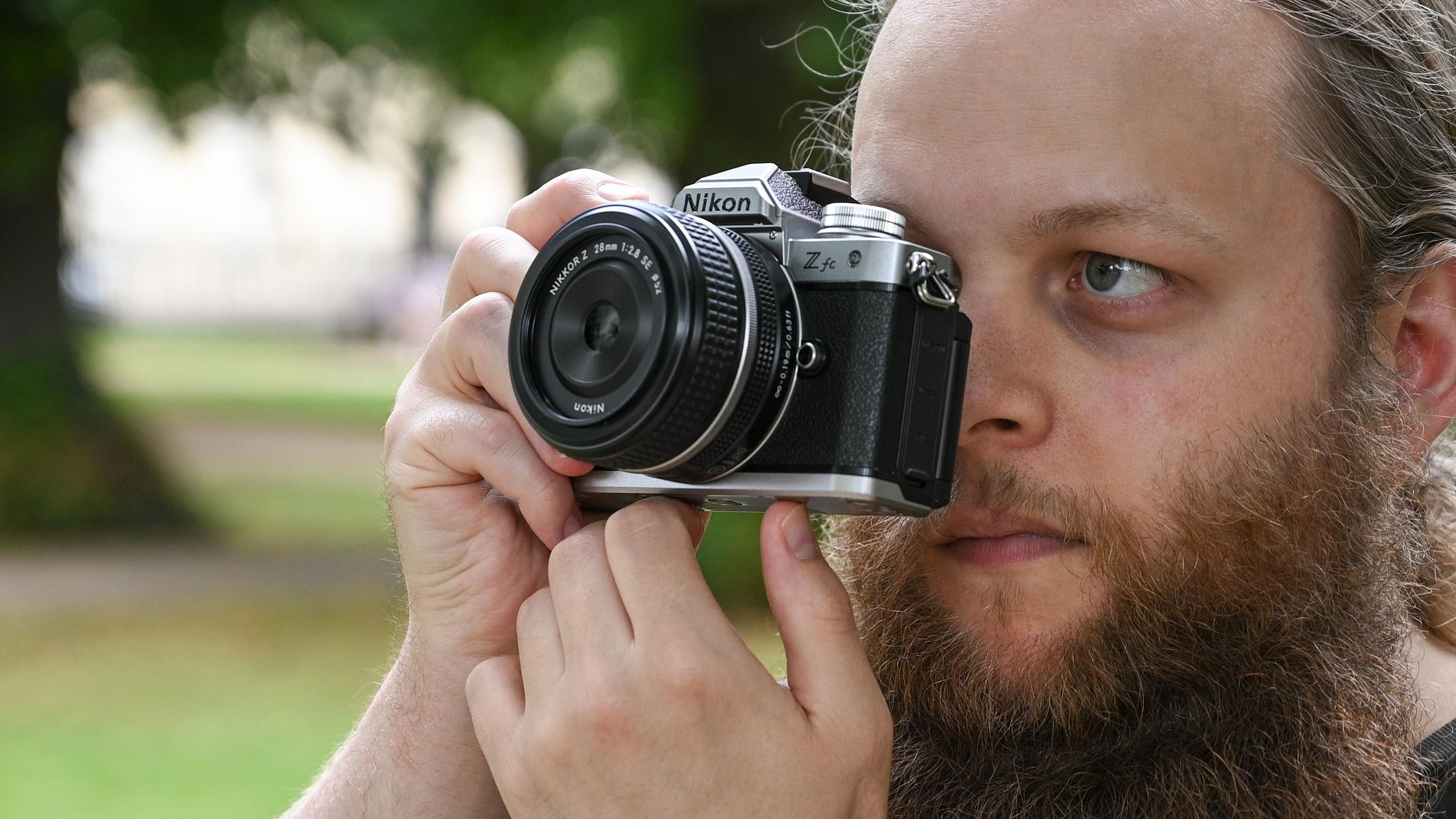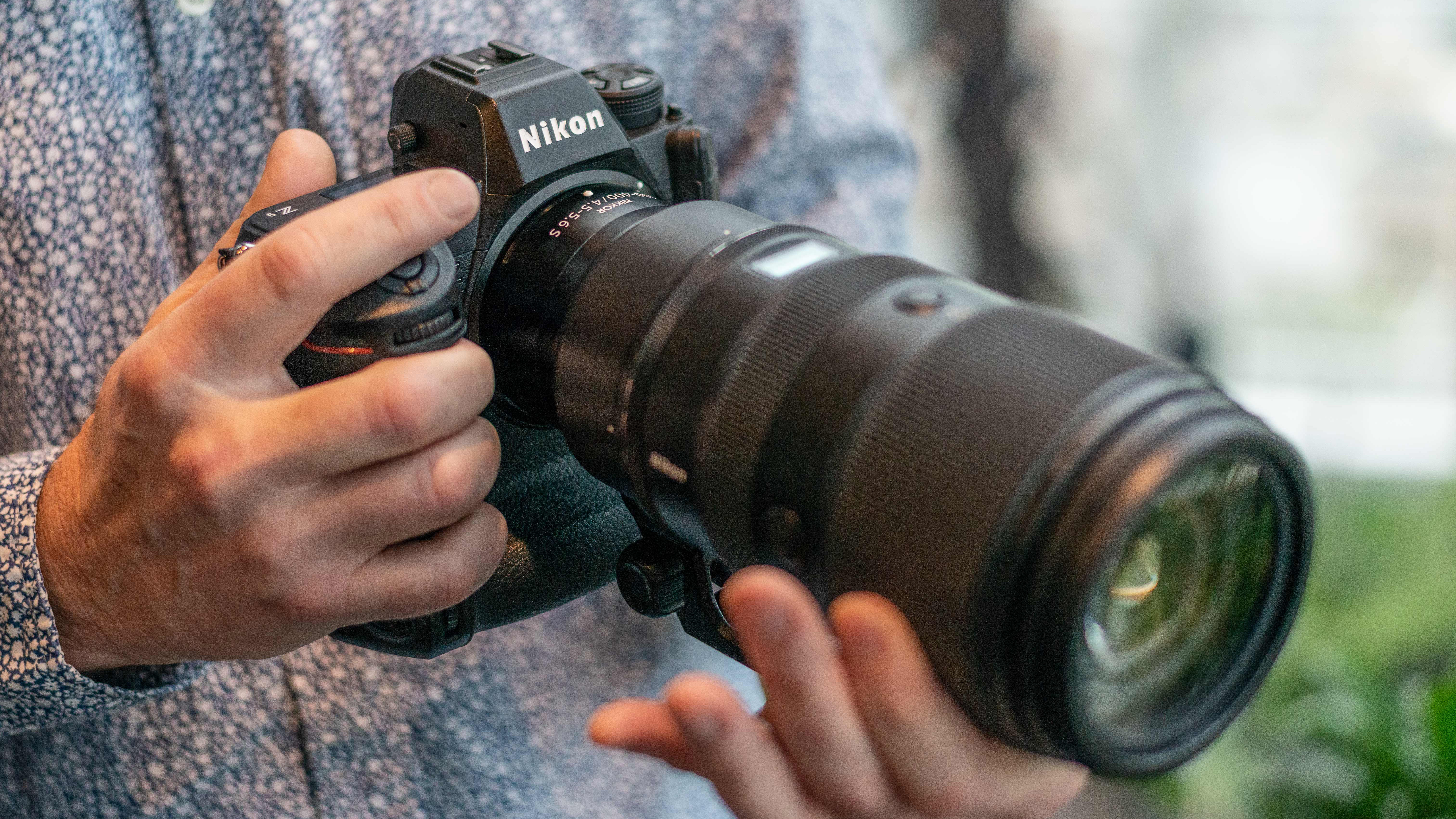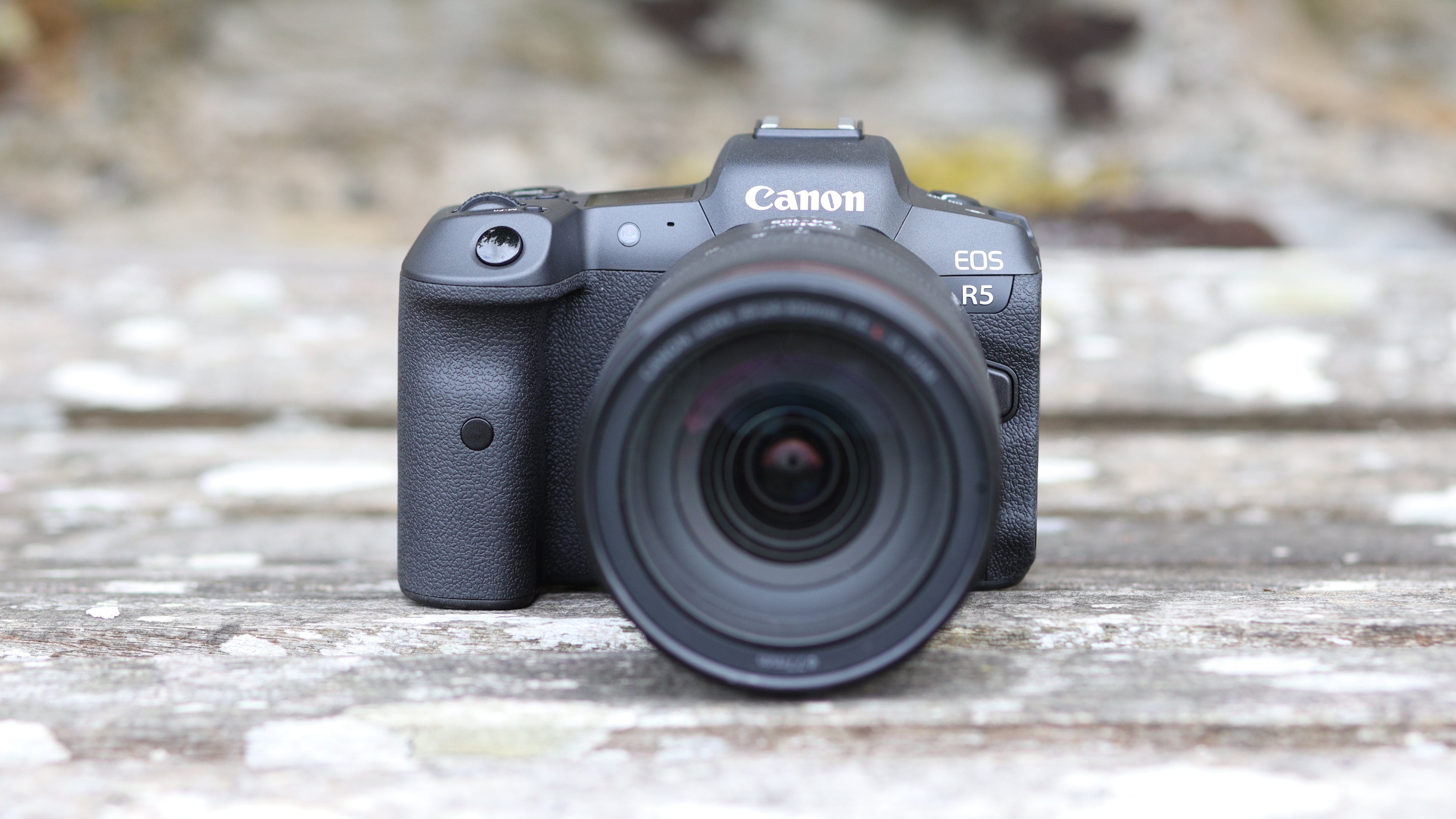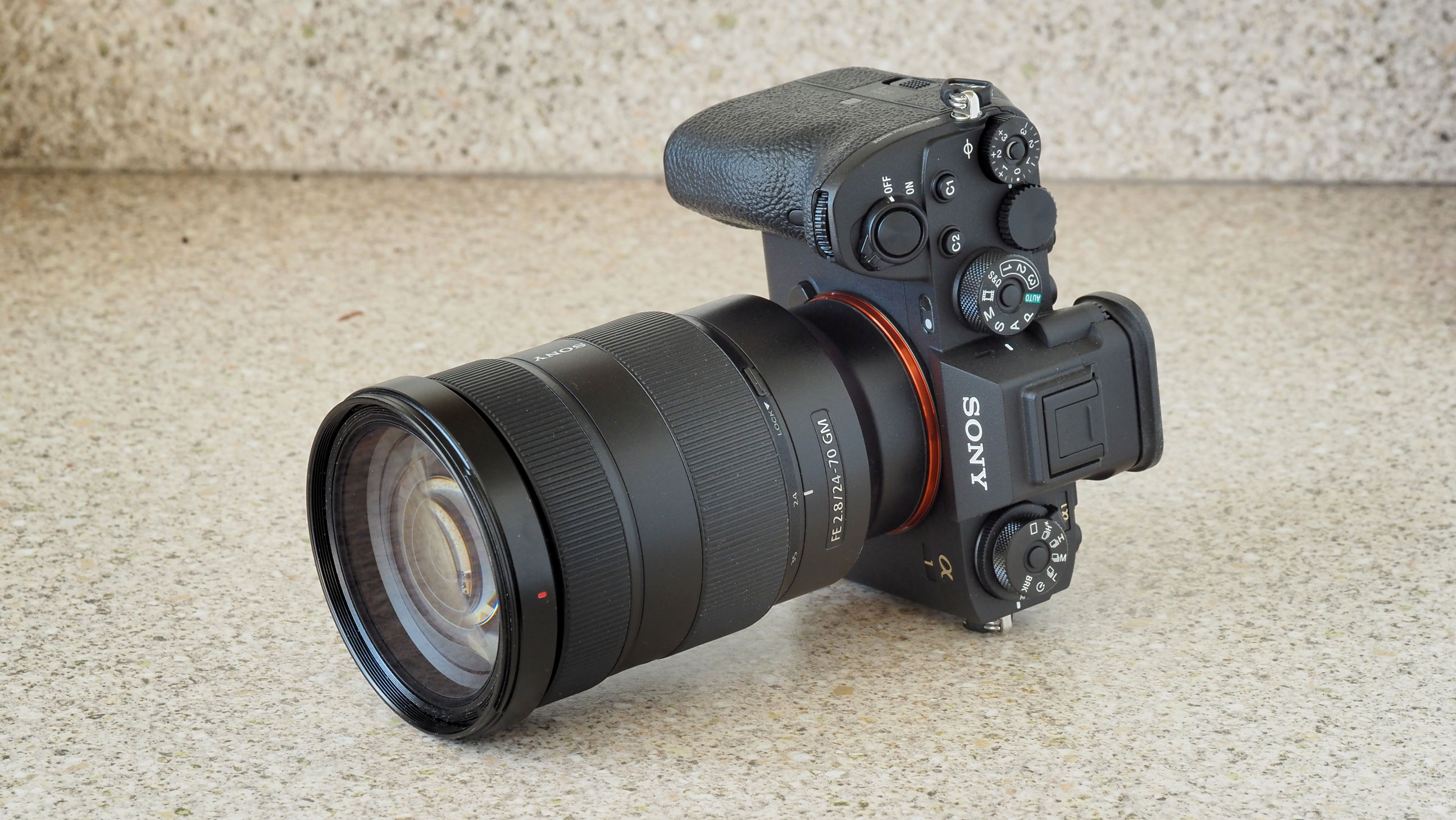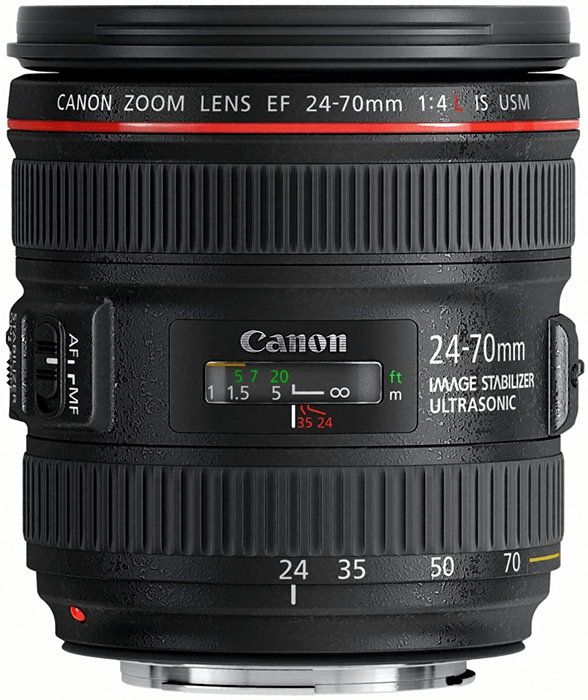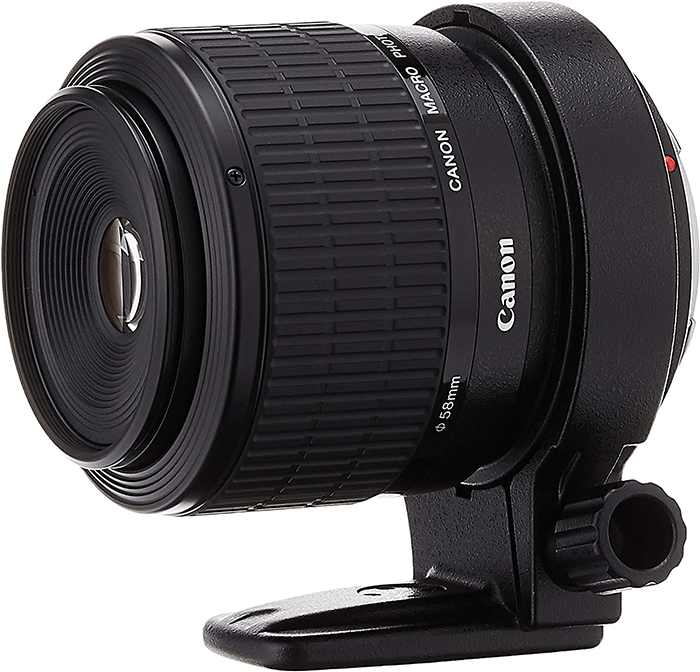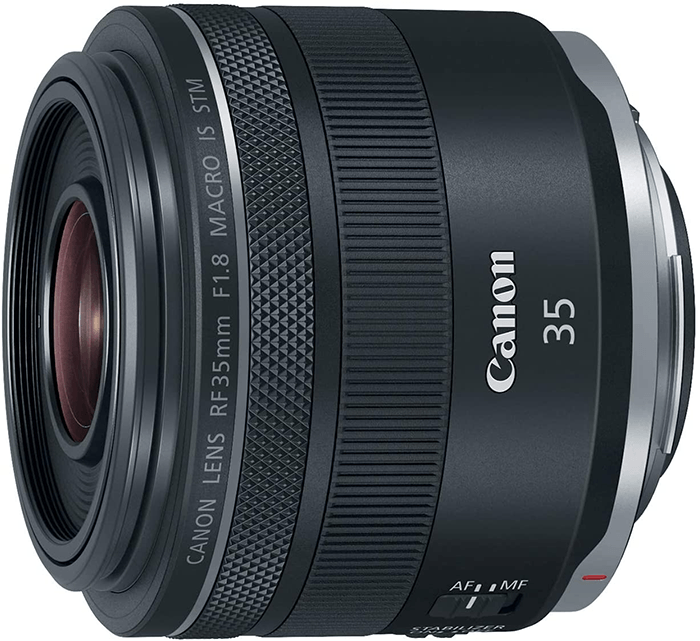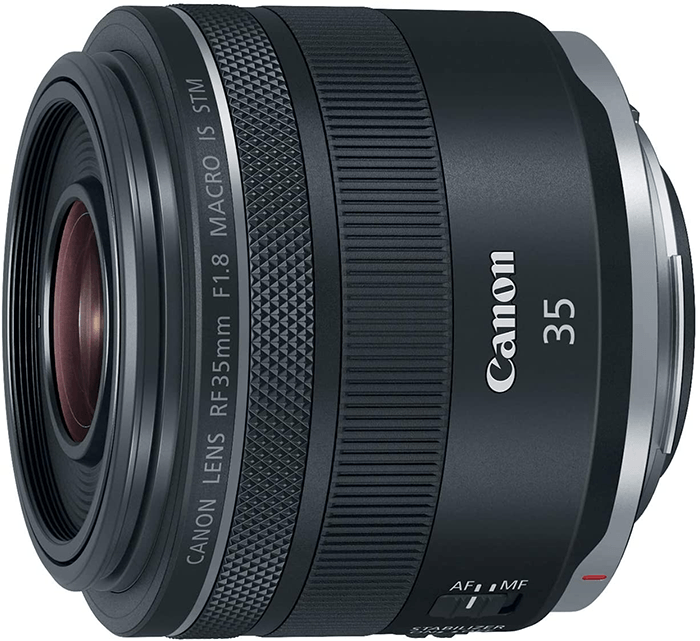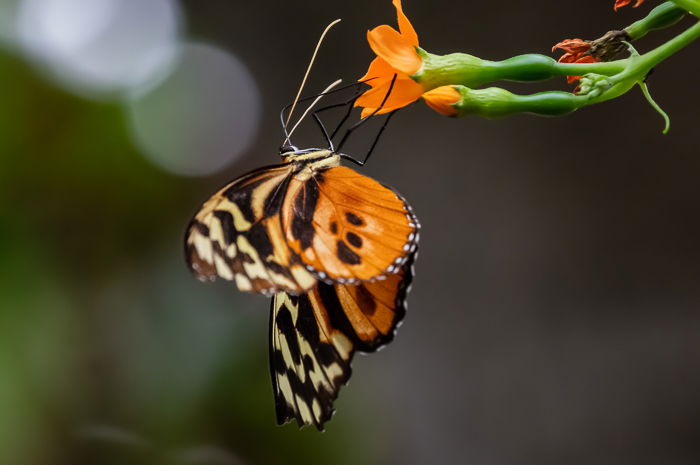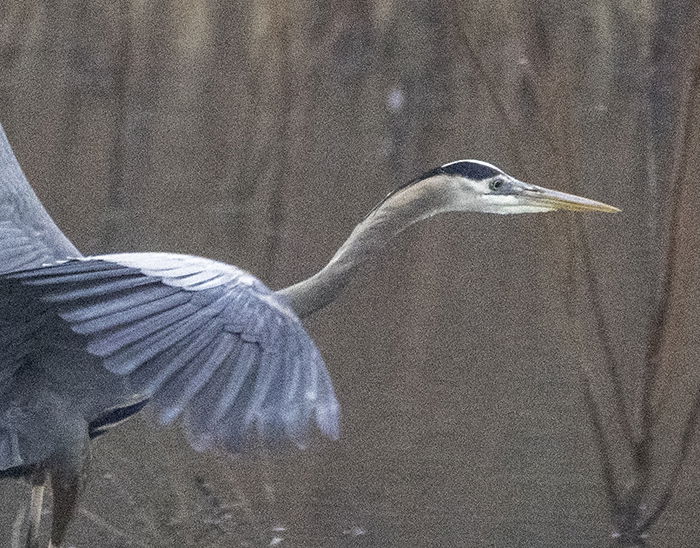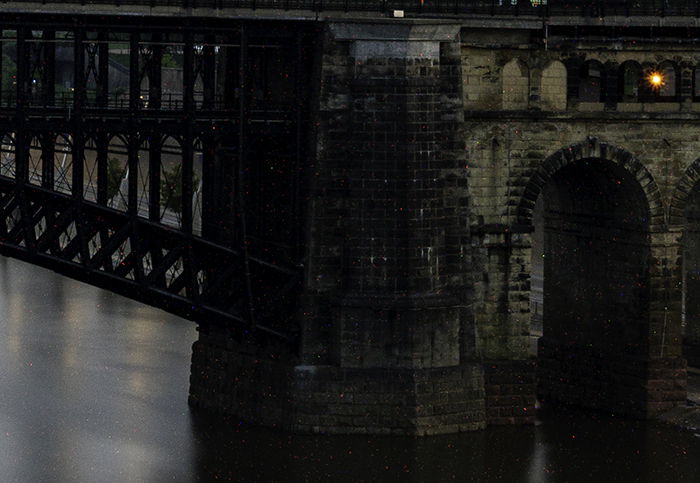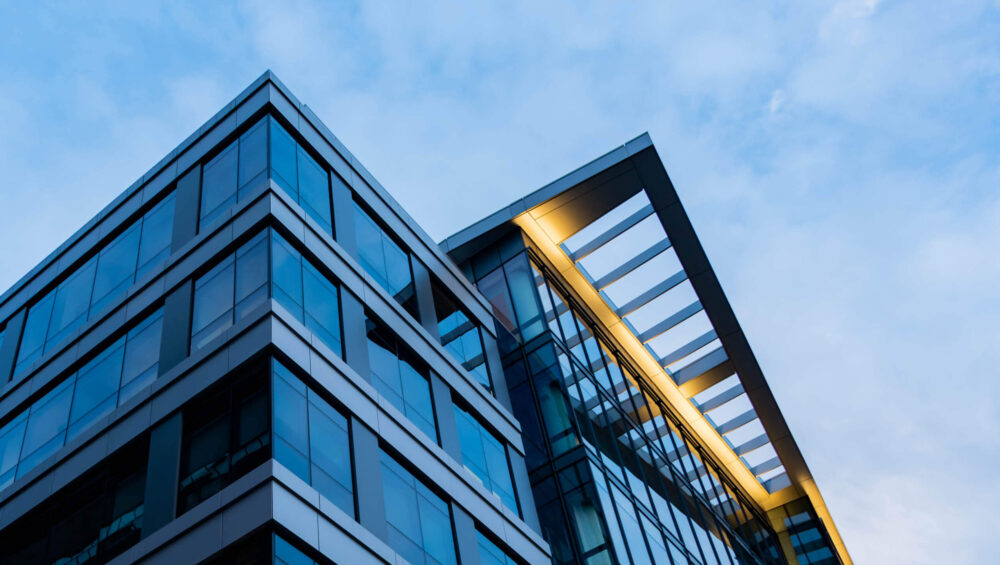
An all-in-one is all you need
All-in-one lenses get a bad rap. They are often regarded as “cheap” lenses, with lower image quality. Amateur, right?
That’s not right. With the latest lens technology, everything else is becoming more and more sophisticated. This is true of Tamron’s 18-300mm f / 3.5-6.3, available on Sony E mount and Fuji XF mount. I had the opportunity to test this out a few months ago, and recently I had the opportunity to try it again.
Although All-in-one lenses like the 18-300mm are attractive to conventional shooters, they are also good for professionals looking for something lightweight, with a fixed width. I used the lens on my Sony a7 IV, bringing the focus width to about 27-450mm. I took it out of the photowalk with some friends, and photographed my hometown of Grand Rapids, MI. And by looking at the pictures, I was shocked at the quality I was able to take.
Wide or telephoto, 18-300mm is a good travel lens
Traveling with the Tamron 18-300mm is a breeze. It is lightweight, and gives you a range of focus that can literally capture anything you find in front of you! Also, it offers weather closure, which means you can walk with this lens no matter what Mother Nature throws.
Very good at photographing buildings
The thing I love about the Tamron 18-300mm is that it is perfect for photographing buildings. Whether you are looking to get a broader view or something closer, it provides the necessary flexibility of the structures.
I used it to photograph part of the floors, but also outside with a few glass structures. I focused on photography here, and the 18-300mm gave me everything I needed to photograph the event I had dreamed of.
Art that can often be compared to larger, pricier lenses
One thing that surprised me about the Tamron 18-300mm character brought to the pictures I took. Take the picture above, for example. Shooting at f / 6.3, you would not think you would be able to get smooth bokeh balls. But for sure, the Tamron 18-300mm managed to do just that. The depth of the pitch is absolutely amazing.
Using the APS-C lens on a full a7 IV frame meant that there was some noise present (as my megapixels were reduced to almost 14 MP), but the character is alive again here. If you were to show this image to a photographer – without looking at metadata – they would probably think that this would be a great lens. That is the reality that makes this lens work in many situations.

Much more than a beginner’s lens
The Tamron 18-300mm f / 3.5-6.3 is much larger than the starter lens. It has a letter, and it sounds obvious, without too many mistakes. Distortion is virtually nonexistent, igniting is minimal and chromatic deviation is not a problem. It has the features of a premium lens, and that makes it great for everyone.
Indeed, beginners may move to 18-300mm because of its price, size and variability of focus length. It’s a great way to shoot kids games. Great to photograph the holidays. Great for shooting holidays.
But it is also a powerful lens that can hold itself. If you want an All-in-one lens, look no further.

